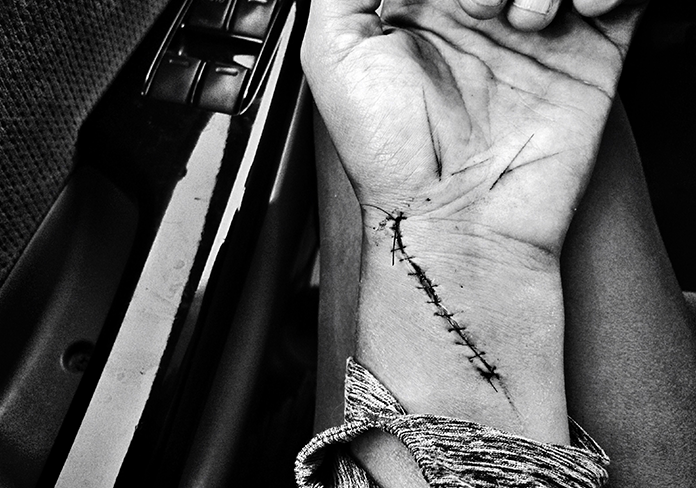A Misunderstood Struggle
When people hear the word self-harm, they often imagine it as a dramatic act, a cry for attention, or something done only by teenagers. These myths are not only false — they add shame to an already heavy burden.
Self-harm is far more complex, deeply personal, and often invisible. To understand it, we need to step beyond stereotypes and listen to the real struggle behind the behavior.
What Self-Harm Is
At its core, self-harm is a coping strategy. It is not about wanting to die, but about trying to manage unbearable emotions. People may use self-harm when they feel overwhelmed, numb, trapped, or unable to express pain in words.
It can serve as:
- A way to release intense feelings of anger, sadness, or anxiety.
- A method to feel something when someone is emotionally numb.
- A form of control in moments that feel chaotic.
- A signal — even if unspoken — that “I am not okay.”
What Self-Harm Isn’t
- It is not always a suicide attempt. Self-harm often functions as a way to avoid acting on suicidal thoughts.
- It is not just a teenage phase. It can affect people of any age.
- It is not attention-seeking. Most people hide their injuries. Sharing is an act of trust, not manipulation.
- It is not weakness. It is a sign someone has been coping with pain in the only way they know how.
Why People Struggle With Self-Harm
Factors may include:
- Past trauma or abuse.
- Depression, anxiety, borderline personality disorder, or other mental health conditions.
- High stress and emotional overwhelm.
- Lack of safe outlets to talk about pain.
For many, self-harm is not the problem but a symptom. The real challenge lies in the pain beneath.
Supportive Language for Friends and Family
When someone discloses self-harm, how you respond matters. Words can either deepen shame or open a path to safety.
What You Can Say:
- “I’m really glad you told me. That must have taken courage.”
- “I may not fully understand, but I want to be here for you.”
- “You don’t have to go through this alone.”
- “Would it help if we looked for support together?”
What to Avoid Saying:
- “Why would you do this to yourself?” (sounds blaming)
- “You’re just trying to get attention.” (dismisses their pain)
- “Other people have it worse.” (invalidates their feelings)
- “Just stop doing it.” (ignores the reason behind the behavior)
A supportive response is less about fixing and more about listening. You don’t need the perfect words. Presence, patience, and non-judgment go further than advice.
Healthier Paths Forward
Therapy approaches like Dialectical Behavior Therapy (DBT) and Cognitive Behavioral Therapy (CBT) often help people replace self-harm with safer skills: mindfulness, grounding techniques, or creative outlets.
Support from trusted people — listening without judgment, offering presence instead of lectures — can also be life-changing.
Toward a More Honest Conversation
Self-harm is not an easy subject. But avoiding it only makes the struggle lonelier. By debunking myths and responding with compassion, we can replace shame with understanding.
Behind self-harm is not “weakness” but pain. And every person in pain deserves care, not silence.

 Mood & Emotions
Mood & Emotions
 Anxiety &
Stress
Anxiety &
Stress
 Trauma & Abuse
Trauma & Abuse
 Children &
Adolescents
Children &
Adolescents
 Addictions &
Habits
Addictions &
Habits
 Self-Harm &
Suicide
Self-Harm &
Suicide
 Relationships & Family
Relationships & Family
 Body Image &
Eating
Body Image &
Eating
 Gender &
Identity
Gender &
Identity
 Sleep Disorder
Sleep Disorder












 Bengaluru
Bengaluru